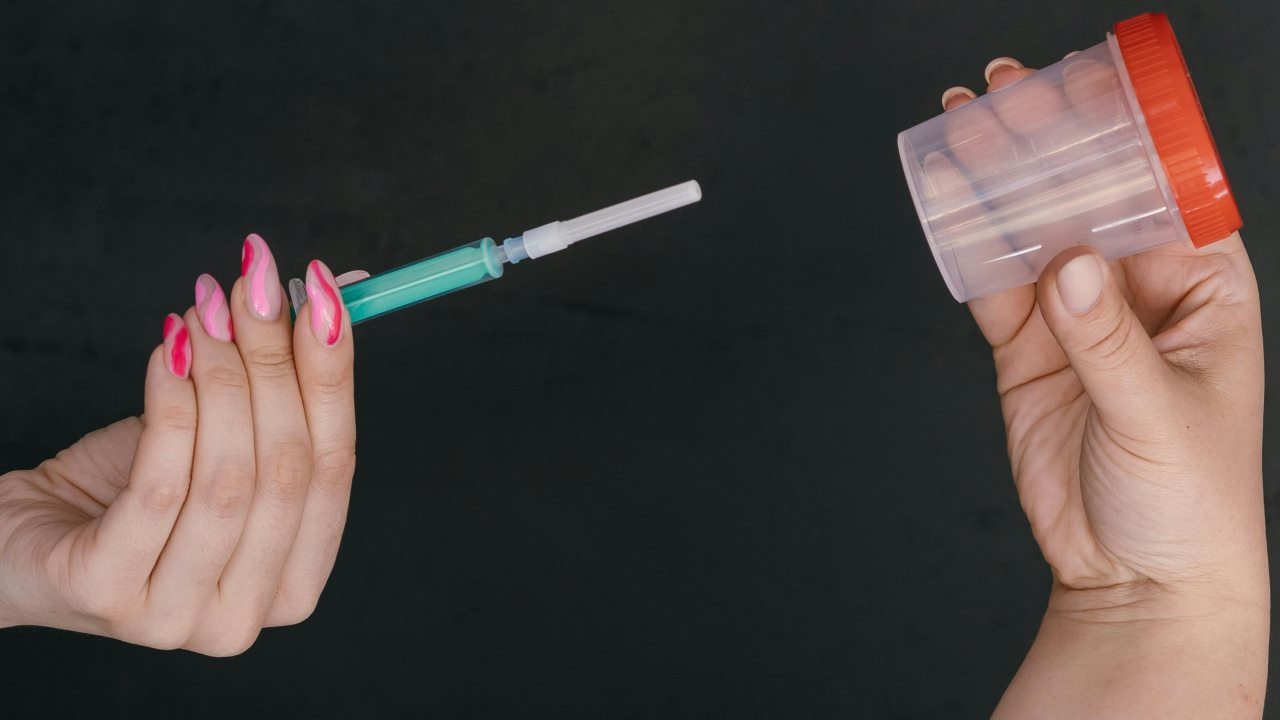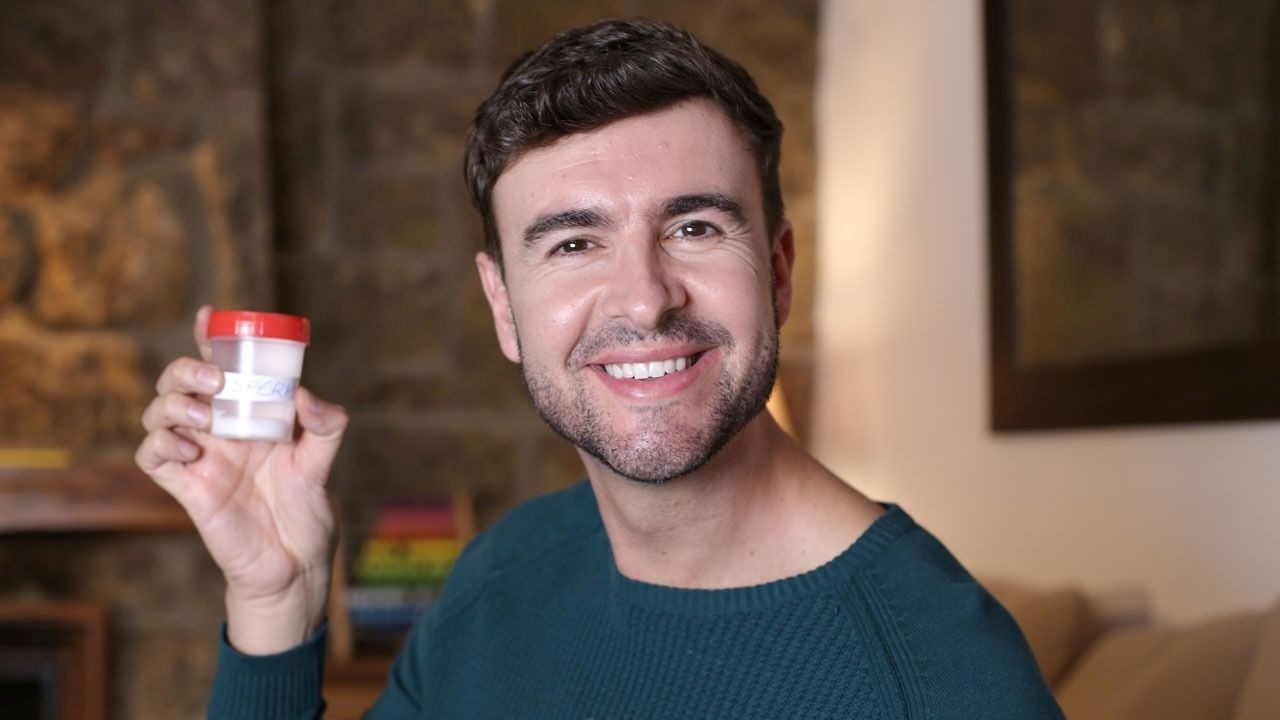What home ICI involves
The donor ejaculates directly into a sterile container (specimen cup). Draw the sample slowly into a 5–10 mL syringe and release it gently into the vagina, aiming towards the cervical opening. Unlike clinic-based intrauterine insemination (IUI) or IVF, there is no laboratory sperm preparation at home. That keeps costs low and the process simple, but it places more weight on careful hygiene, accurate timing, and correct handling of fresh donor sperm.
For background on fertility chances and timelines, see the Canadian patient overviews from the Society of Obstetricians and Gynaecologists of Canada: Assisted reproduction (PregnancyInfo.ca) and Donor sperm and eggs.
Pros and cons at a glance
Pros
- Private and relatively inexpensive at home
- Flexible timing around ovulation
- No invasive procedures
Cons
- Limited evidence for success rates in the home setting
- No clinical screening or lab preparation of the sample
- With a known donor, legal parenthood and responsibilities require planning under Canadian and provincial law
Success rates: how to interpret them
Published data for at-home ICI are limited. In practice, ranges of roughly 5–15% per cycle are often quoted when timing and hygiene are strong. To understand clinic pathways and why chances vary by cycle, see Canadian guidance and clinic-based summaries linked above.
Home insemination with a syringe: step-by-step
- Wash hands, clean the work surface, and set out sterile single-use supplies.
- Collect the semen directly into a sterile specimen cup.
- Let it liquefy at room temperature for 10–15 minutes.
- Draw up slowly into a 5–10 mL needle-free syringe, avoiding large air bubbles.
- Lie on your back with your hips slightly elevated. Insert the syringe tip about 1–2 inches and press the plunger slowly.
- Rest quietly for 20–30 minutes.
Handle the sample gently, avoid cold packs or heat, and aim to use it within about 30 minutes of collection — generally no later than ~60 minutes at room temperature. These practical windows align with good laboratory practice in the WHO Laboratory Manual 2021.

Practical timing tips
- After a positive LH test, inseminate promptly. A second attempt about 12 hours later can help cover the ovulation window.
- Keep the sample at room temperature, do not shake, and avoid pushing the plunger hard.
- Use only lubricants labelled sperm-friendly and only if needed.
- Record cycle day, LH results, and insemination times to refine your plan.
Canadian patient resources on timing and options: PregnancyInfo.ca.
How home ICI compares with IUI and IVF
| Method | Where | Lab prep | Typical chance per cycle | Good to know |
|---|---|---|---|---|
| Home insemination (ICI) | Home | No | ~5–15% | Low cost and private; results depend on timing, hygiene, and correct handling |
| IUI | Clinic | Yes | Often several cycles required | Medical oversight and quality standards in licensed facilities |
| IVF | Clinic | Yes | Higher per-cycle rates | More invasive and costly, but protocol-driven |
Safety and screening
If you are considering a private known-donor arrangement at home, ask for recent negative results for common STIs such as HIV, hepatitis B and C, syphilis, and chlamydia. If you use donor sperm via a Canadian clinic or bank, donors are screened and records are kept under federal rules. See Health Canada’s framework and inspection approach: Assisted human reproduction (Health Canada) and Inspection approach: Safety of Sperm and Ova Regulations.
Regulatory note: Processing and distributing donor sperm/ova for assisted reproduction must comply with the Safety of Sperm and Ova Regulations (SOR/2019-192); key provisions include donor suitability, quarantine, labelling, quality systems, and records. Read SOR/2019-192.
Canadian legal basics
Canada’s federal Assisted Human Reproduction Act (AHR Act) sets prohibitions and consent requirements and, together with the Safety of Sperm and Ova Regulations, governs donor screening/processing. Provinces and territories address parentage, guardianship, and family-law procedures. For federal rules, see Health Canada’s summary and the Acts/Regs database: Health Canada overview and AHR Act (Justice Laws).
Home insemination with a known donor is lawful, but legal parenthood can be complex outside licensed clinics. Because rules differ by province/territory (and case-law continues to evolve), seek advice from a Canadian family-law solicitor experienced in donor conception in your province.
When to see a clinician
- Under 35: no pregnancy after 12 months of well-timed attempts
- 35 and over: no pregnancy after about 6 months
- Immediately if cycles are very irregular, there is significant pain or fever, or you live with conditions such as endometriosis, PCOS, or thyroid disease
Canadian patient guidance and pathways: PregnancyInfo.ca (SOGC).
Conclusion
Home ICI can be a pragmatic route in Canada if you prepare sterile supplies, hit the fertile window, and handle the sample with care. Keep concise notes on timing, prioritise safety, and understand how federal rules and provincial parentage laws apply in your situation. With a tidy plan, realistic expectations, and consistent timing, you give yourself the best chance to turn a simple method into steady progress.

